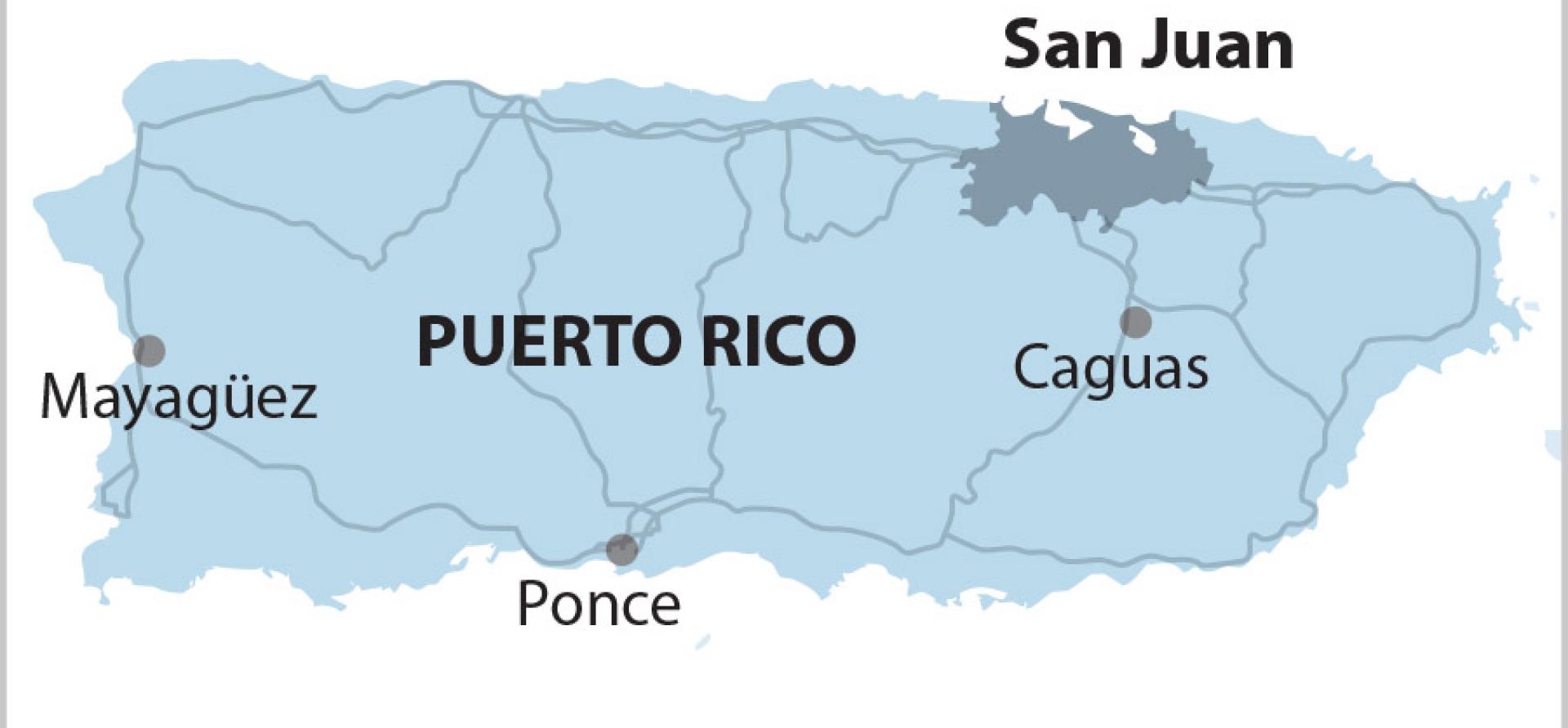IEEFA Puerto Rico: Credit support for PREPA, a sensible tool or another wasteful gimmick?

The week before Christmas, the Financial Oversight and Management Board for Puerto Rico (FOMB) quietly announced a plan for the commonwealth’s government to loan almost $1 billion to its electrical power authority (PREPA) to facilitate the privatization of the island’s transmission and distribution system.
This plan was presented in a poorly documented filing that reveals that transmission and distribution (T&D) privatization is on track to deliver no savings to the people of Puerto Rico.
In June 2020, the Puerto Rico Electric Power Authority (PREPA) signed a 15-year operations and maintenance agreement contract with LUMA Energy. Although often described as a T&D concession, LUMA’s responsibilities go far beyond the operation of the T&D system; essentially, LUMA will take over all PREPA’s functions except for the operation of generation plants, which PREPA is also seeking to privatize.
PREPA and LUMA are currently shifting PREPA’s operations to LUMA, which expects to take over as system operator in June. Before LUMA can begin service, however, the contract requires PREPA to fund reserve accounts with four-and-a-half months of projected operating and capital expenditures, as well as two months of fuel and purchased power expenditures. The accounts will be replenished monthly, presumably with money collected from rates and federal funds (for capital expenditures).
PREPA, however, does not have enough cash to pay the advance operating expenditures for the LUMA transaction—explaining the need for an $894 million loan from the commonwealth. In theory, the loan will stabilize PREPA’s finances and send a strong signal that the newly privatized PREPA will be able to honor its commitments to vendors.
The loan plan reflects many of the same problems that have plagued PREPA
Yet the FOMB document disclosing the plan for this loan reflects many of the same problems that have plagued PREPA’s previous attempts to improve its financial position. The financial presentation in the document is not credible and raises more questions than it answers. And the loan justification is based on projected savings from the LUMA contract that are poorly documented and without accountability mechanisms.
THIS RAISES THREE ISSUES:
First, the FOMB’s financial presentation is not credible. One of the reserve accounts that PREPA needs to cover is for federally-funded capital expenditures, amounting to $283 million. If this amount is to be federally funded, why is it included in the total loan from the commonwealth? The document also notes PREPA will need to pay approximately $500 million in fees for its exit from Title III bankruptcy within the next two years. Is this expense going to come out of electricity rates, or is PREPA going to borrow again to pay the fees?
Second, the FOMB document implies that repayment can be financed with savings from the contract. This raises the obvious question: How much does PREPA expect to save? The answer is impossible to know, and clearly was not a driving factor in the decision to privatize PREPA, public rhetoric to the contrary. As a previous public records request by IEEFA and CAMBIO found, no cost-benefit study was ever done before deciding to privatize the T&D system. The LUMA contract does not mandate any level of savings. Even the financial performance metrics that allow LUMA to earn an additional incentive fee are structured around LUMA staying within annual budgets—not for achieving any baseline level of savings.
The only public document associated with the LUMA contract that estimates any level of savings is a report by FTI Consulting published as an appendix to the Puerto Rico Public-Private Partnerships Authority’s summary report on the LUMA contract. The FTI report notes that if a private operator “hypothetically” were able to reduce operating costs by 10% and “hypothetically” were able to improve system efficiency by 10%, the result would be $294 million in annual savings. This appears to be the basis of the FOMB’s savings estimates, even though there is neither an analysis of how such savings would actually be achieved nor any commitment on the part of LUMA to achieve them.
The cavalier treatment of savings is not surprising, given PREPA’s failure to accurately project savings for the conversion of its San Juan plant to natural gas, or to hold the project’s contractor accountable for achieving such savings.
Using correct numbers, annual savings would only amount to $44 million over 7 years
Finally, the FOMB presents an outdated estimate of LUMA’s fees that does not reflect the higher initial fees required from a supplemental agreement to the LUMA contract. Using the correct fee schedule and the FOMB’s projections results in a projected savings of $44 million per year for the next seven years.
But now, it appears some of the hypothetical savings will have to be dedicated to loan payments. What are the terms of this loan? This is not addressed in the FOMB’s document. However, a 6% loan (comparable to loans PREPA previously received from the Government Development Bank of Puerto Rico) over the 15-year contract would cost PREPA $92 million annually. Even a zero-interest loan would cost PREPA $60 million annually, more than enough to eliminate all of the “hypothetical” savings of the LUMA contract.
In short, PREPA’s signature transformation initiative is on track to generate no savings, exacerbate PREPA’s indebtedness, weaken its labor force (through a contract that explicitly rejects existing collective bargaining agreements) and distract attention from renewable energy initiatives, all while allowing LUMA and its affiliates access to the nearly $10 billion in forthcoming federal funds for the rebuilding of the transmission and distribution system.
Spanish translation: IEEFA Puerto Rico: la AEE recibe apoyo en forma de un crédito, ¿una estrategia sensata u otro ardid inútil?
Cathy Kunkel ([email protected]) is an IEEFA energy finance analyst.
Tom Sanzillo ([email protected]) is IEEFA’s director of financial analysis.
Related items:
IEEFA: LUMA Energy deal paves way for Puerto Rico regulators to repeat past mistakes
IEEFA update: T&D agreement for Puerto Rico power grid sets off alarm bells
















